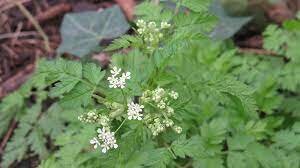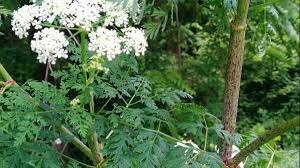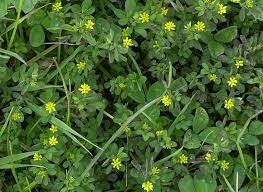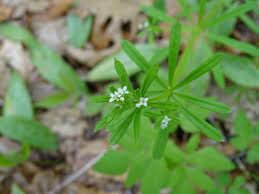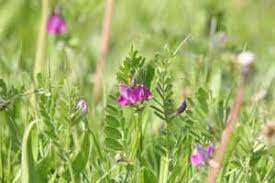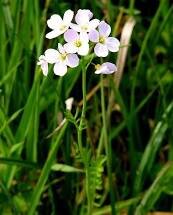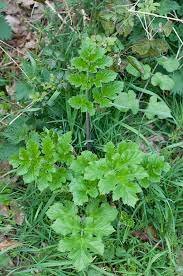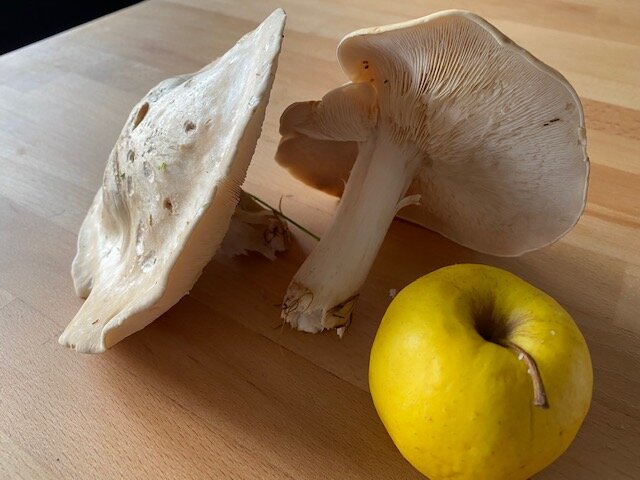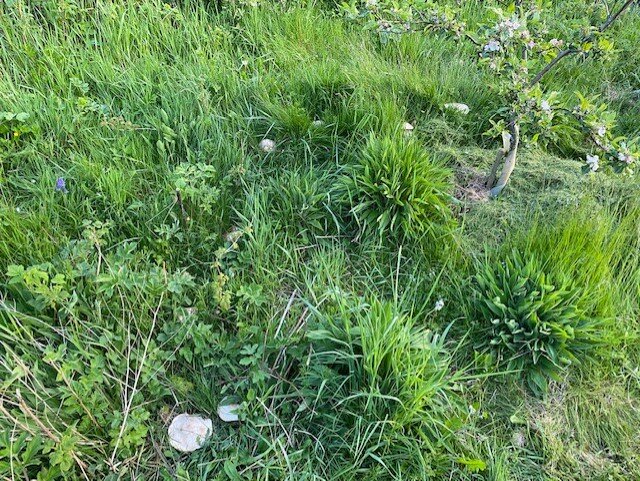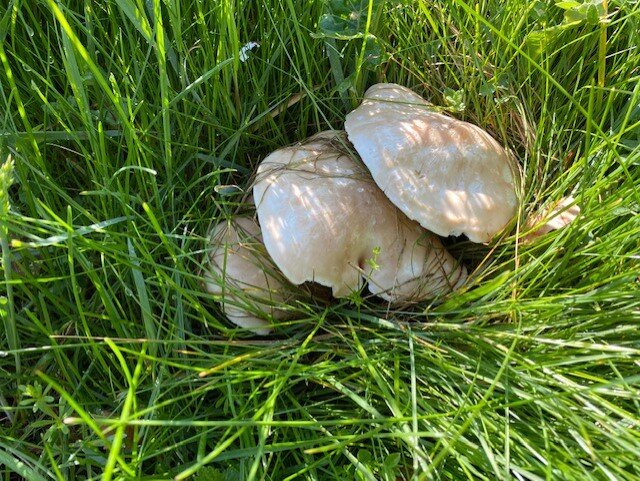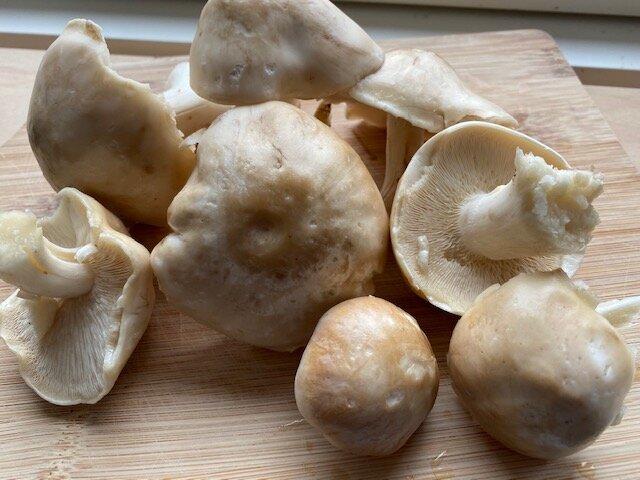Feast and Forage - PJ taste
Its been a long time coming - our second Feast and Forage event that is. The first was very nearly 10 years ago on the 5th July 2011 - an odysee down the beautiful Wyming Brook valley. The second took place on Saturday 29 May 2021 on our plot in Derbyshire and a great day it was too.
The half day experience was designed to be an introduction to foraging. The benefit of our 2 acre plot is that the mixture of Forest Garden, Perennial edible growing and plenty of wild areas means that foraging can be done within the confines of the space.
The guests along with their dogs were treated to a welcome drink all electing to have the Dandlion coffee alongside some nettle tempura which went done a treat. Peter then gave an introduction to foraging safely sharing the potential dangers of poisonus plants which can easily be confused with edibles. We used the Apiacea (carrot) family where for example the extensive cow parsley and hogweed (both brilliant edibles) can get mixed up with the deadly Hemlock. In the pictures below the top left is Cow Parsley and Hemlock the next picture to it! We also looked at the 4 F’s! The right we have to collect foliage, fruit, fungi and fruits. Check out the bottom of this post for more details of the programme and the pkants we saw.
Please do contact us if you are interested in a similar event - we only book these to order!
Following the welcome we started with a trip to the top of the plot and looked at how many edible pants can be found in a small area of the lanes border. Where this has been left to revert of a natural environment and of course with no pesticides or intervention apart from a late season mow. Highlights are the Cuckoo flowers which taste distinctly of Wasabi and the young hogweed shoots which provide such an amazing early season green vegetable.
We are also lucky to have our own large ring of St Georges mushrooms which goes around one of our Fiesta apple trees.
The tour of the plot continued with passing references to the perennial growing and forest garden down the the River Drone where the wild garlic was coming to the end of its annual cycle. We also saw the invasive Japanese Knotweed which is a lovely rhubarb like edible reverred in Japan as Itadori. On the way we collected a wild salad a really good mix of young herbs and leaves along with pretty edible flowers. Then it was time for lyunch cooked over a
Food and Drink
Foraged tea or Dandelion Coffee
Nettle and Potato Soup with Nettle Tempura
Lunch served with Sweet Cicely Spritzer (alcoholic or not!)
Wild herb marinated chicken BBQ'ed with Wild Garlic, Hog Weed Shoots and ST Georges Mushrooms
Seasonal foraged salad with Elderberry Vinagrette
New Potato Salad with Horseradish and Nettle Sauce
Japanese Knotweed Mess
Heres the detail
What is foraging – you can collect the 4 F's – flowers, foilage, fruits and fungus without it being theft – however, ensure you have asked the landowners permission to avoid trepass. Its illegal to uproot plants and there are local by laws and Sites of Scientific Interest where there will be additional rules and restrictions. Do your research.
Pick responsibily – a rule f thumb would be to take more more than a 100th of a particular plant in a particular area.
Pick safely – learn from quality resources – a great book is by Miles Irving - “the forager handbook, a guide to the edible plants of Britain”. This combined with a field guide tro wild plants is a good bet. Be careful to collect from clean areas, away from main roads, pollution issues and animal and human interferrence.
Its amazing how much is around when you start to look. For example with 10 yards of the gate we found!
A look at the Apiacea genus- carrot family some very delicious plants but also some of the most poisonous species. Discuss! Hemlock v Cow Parsley
1. Cow parsley - Anthricus sylvestris. Lines the verges of country lanes with its umbels of beautiful white bobbing flowers this time of year. Recommend that this is not collected except by experienced foragers who have watched plants develop over full growing seasons.
Why? Because it can be confused with very poisonus plants in the same family like:
Hemlock - Conium maculatum - grows roadsides, waste grounds and river banks and ditches. Contains toxic alkaloids including coniine – on ingestion it causes the muscles controlling breathing to become paralysed causing suffocation while still conscious!
2. Hog weed - Heracleum sphondylium - originally as fodder for pigs. Used in Poland in lacto fermentation to make a soup they called bahrshch which became borsch made of course with beetroot.
In Romanian lacto fermented sour liquid is called borsch.
3. Black medick - seeds may be sprouted. Compare with hop trefoil – flowers.
4. Dandelion – Taraxacum officinalis – roots and leaves can make a tea. The roots can be roasted to make Dandelion coffee. Both used for dandelion beer. Roots sliced in salads or boiled and fried and added to salads. Flowers in salads or pickle like capers. Serve wilted leaves with sweet root veg. Good fried with bacon and a little white wine and served with a poached egg.
Leaves good with grated beetroot and carrot
Speedwell v myosotis sylvatica forget me not - flowers edible
6. Hawthorn – Crataegus monogyna - Crataegus laevigata – thew Midland Hawthorn has up to 3 styles so produces seeds with 1-3 nutlets (seeds) ,member of the family Rosaceae hence ability to graft pear, quince and medlar. See examples later in the tour.
Young leaves and buds were eaten (Bread and Cheese) – said to be a good heart tonic. Haws make a Haw Ketchup.
7. Common Vetch – Vicia sativa – 4-8 pairs of leaves widest at centre – simple tendrils, flowers 1-3 in leaf axis. The young shoots can be used in salads, the peas are good to eat in small quantities. Beware Lathyrism – where people on the verge of starvation eat too much and suffer froi mthe toxins such as cyanogens and amin acids – into the Wild film. Into the Wild is a 2007 American biographical adventure drama film written, co-produced, and directed by Sean Penn. It is an adaptation of the 1996 non-fiction book of the same name written by Jon Krakauer and tells the story of Christopher McCandless ("Alexander Supertramp"), a man who hiked across North America into the Alaskan wilderness in the early 1990s. He died it is thought by conisuming the seeds of the alpine sweetvetch, or Hedysarum alpinum – the roots are a staple food for the native Alaskans but they apparently know not to eat the seeds. The amino acid is L-canavanine.
Plenty of legumes store this toxin in their seeds to ward off predators. The compound is similar an essential amino acid, arginine, and it tricks the body's cells into thinking it's good for them. "And then it wreaks havoc," says Krakauer. "It screws up your ability to metabolize, so you essentially starve. It short-circuits your metabolism."
8. Hedge Garlic – Alliaria petiolata – biennial, main stem in spring of second year – in the cabbage family – contains mustard oils which stimulate the appetite. Good with fatty meats, finish a risotto use in a herb crust with chervil, garlic and rosemary.
9. Cleavers – Galium aparine – cook the leaves and stems, the burs can be roasted for a coffee substitute.
10. Wild rose – Rosa canina (also get Burnet rose and Japanese rose). The hips make rosehip syrup.
11. Nettle – Urtica dioica – stinging hairs have silica acting like a galss hypodermic to inject the uric acid. Heating oir crushing disarms them. Nettle and horsedarish sauce. Soup and beer
12. Cuckoo flower Cardamine pratensis - lady’s smock - beetroot soft eggs and capers. Orange tip butterfly. Use to flavour custard with knotweed.
13. Ribwort plantain – Plantago lanceolata, and Greater Plantain - Plantago major – leaves have a mushroomy flavour - boil to take bitterness off and serve with butter.
14. Sycamore - Acer pseudoplatanus, is a non-native deciduous tree of Ireland and Britain. Can be tapped as other maples.
15. Willow - Traditionally, willows were used to relieve pain associated with a headache and toothache. The painkiller Aspirin is derived from salicin, a compound found in the bark of all Salix species. In medieval times, in many parts of Europe, the bark was chewed to release the salicin for pain relief. Early source of pollen for bees.
The Wider Garden
Chickweed – Stellaris media round stems with a single line of hairs running on one side.Scarlet andf yellow pimpernel are mildly poisonus and bitter have a square stem and scarlet/yellow flowers. Mouse ear have downy leaves and water chickeweed can be eaten. Great wild salad baser
Meadowsweet – Filipendula ulmaria – used in Mead to add the honey almond scent. Salicylic acid from which asprin is made was first isolated from meadowsweet. Make meadowsweet tea.- infuse in vinegar for a dressing. Make syrups – meadowsweet crème caramel.
Gorse - Ulex sp. Only the flowers are edible and in small quantities – member of the pea family – and contains harmful alkaloids. Said to taste of conconut or almonds.
Yarrow – Achillea millefolium – leaves make a refreshing tea, dressing with lemon and sugar, Contains thujone so toxic in quantities.
Dock – Patience Dock/Danser Rumex patientia. Leaf stalks raw in salads, or with the green parts added separtely fried.
Curled/Sour Dock Rumex crispus -
Wood Avens/Herb Bennet Geum urbanum – has a three lobed end leaflet and hairy leaflets - water avens has a large round unlobed end leaflet. Yellow flowers againsyt pink/cream for water avens.Herba benedicta – blessed herb Latin geum from geuo “taste”.
Colts foot – Tussilago farfara – flowers in salads, infuse in milk to make ice cream. Beignets de Tussilage
Willow herb – very young shoots and leaves are a good vegetable, mature stems can be split foir the centre cucumber flavoured pith. Teas made into Ivan's Chai and flowers in to a syrup, Jam and jelllies.


